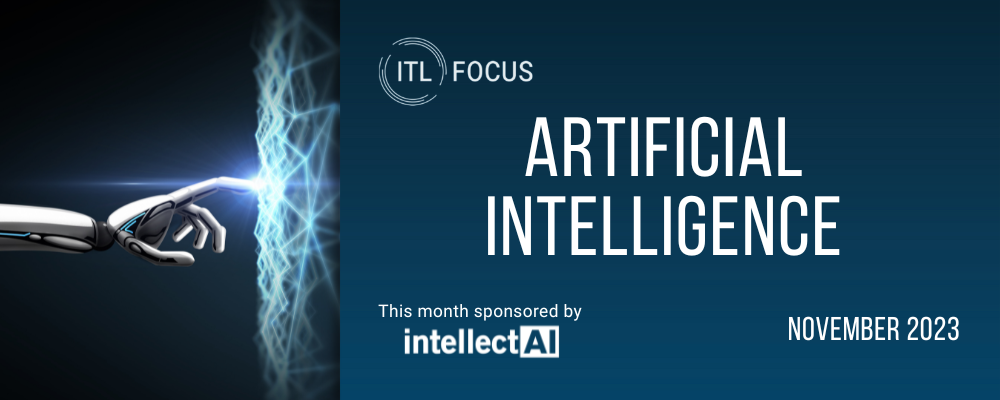|
Wandering the floor at this year's InsureTech Connect, I had a hard time finding a booth that didn't somehow tie into generative AI. But I think two aspects of the technology are getting short shrift, so I was delighted to be able to explore them in this month's interview, with Megan Pilcher, a senior vice president and the insurance go-to-market leader at IntellectAI.
First is that generative AI doesn't just let you do work faster. It helps you do work that you otherwise wouldn't get around to.
For instance, Megan says:
"As an insurance carrier, you'd love to have documentation on every risk that comes through the door because you are going to see that risk again. But when an underwriter prioritizes their work, documenting the accounts they did not write is a less than desirable task. We can start using AI to do that documentation and provide a summary. When the risk comes back the following year and a different underwriter picks it up, they can get a rundown....
"With today’s manual processes, someone only pulls [loss run] information if a decision has been made that at least they want to quote the risk. But would there be value in doing it at the beginning of the process, extracting loss information on risks that you would have weeded out? What could your actuaries do with that data? Could their predictive modeling be different if we were able to provide them loss data on every submission that comes to the door?
"When all the data is being manually keyed in, you're not going to get all that information; not for a quick decline. But maybe it's a year later, and you start thinking about getting into a particular class of business, or a particular line of business, and you wonder, how many submissions would you get? What would the losses be? How would you need to price it? Now you have historical data to use for evaluation."
That's powerful stuff.
I realize that we'll always be limited by how much our audience is going to consume. Just because generative AI can churn out novels doesn't mean anyone will take the time to read them. But the kind of data synthesis that now becomes possible means that important, previously buried information and trends can be easily brought to the surface.
Second is that generative AI makes it easier to integrate information into someone's workflow -- addressing a truly hard problem.
If you go back to the early days of personal computers, starting 40 to 45 years ago (yes, it's been that long), the revolutions were just better forms of existing tools. The electronic spreadsheet replaced the paper one. Word processing software supplanted typewriters. PDFs were better forms of fax machines. And today, most of the focus among insurtechs is on building better tools.
The problem is that the focus on tools leads to a herky-jerky workflow. An underwriter in the middle of a file has to launch a tab and open a tool, use it and then integrate the result back into their work -- then open another tab for another tool, and so on. The same goes for pulling in data. The underwriter taps into a source, cleans the data so it fits into their workflow, incorporates the data... then moves on to the next external source.
Generative AI, while in its early days, will make it far easier to incorporate tools and external data. The tool will simply pop up, within the workflow, as needed. So will the information from external sources.
Megan explains:
"When I think about all these tools that are coming up in insurance, the other part that's super critical is, how do you tie them into your underwriting workbench, so they’re part of your underwriters’ flow? Non-underwriters love to invent tools for underwriters that we think will make their life easier. Especially when tools are newer, they're almost always piloted outside the underwriting workflow. But the result is that you give underwriters a tool that stops their workflow. You're asking them to do something different, sometimes log into something different, something that they're skeptical about, and then pull the result into their workflow—and hope everyone's doing it the same way. You have to make sure tools are part of the flow, not an afterthought."
Our conversation was one of the meatiest I've done in some time. I hope you'll give it a read.
Cheers,
Paul
|


